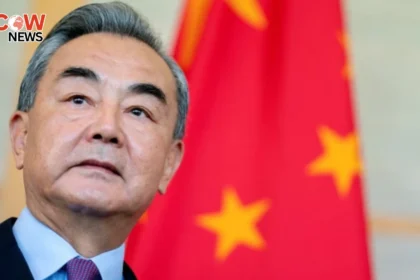ISLAMABAD ( The COW News Digital) Minister for Energy Owais Laghari revealed in the National Assembly that the number of electricity consumers using less than 200 units per month has dramatically increased from around 6 to 7 million to approximately 18.3 million. This surge reflects a wider reach of subsidized electricity consumption under the current government’s relief measures.
Answering questions during a parliamentary session, Minister Laghari stated that nearly 18.5 million consumers receive a subsidy of about 90 percent on consumption from 0 to 100 units, and approximately 70 percent subsidy on consumption between 100 and 200 units. He added that while the subsidy applies mostly to lower slabs, there will be some impact on the unit price at higher slabs.
The minister also clarified that no special electricity rates have yet been offered for cryptocurrency mining, despite availability of about 7,000 megawatts of surplus electricity capacity in the national grid, which serves approximately 34.5 million consumers.
Highlighting recent developments, Laghari said electricity prices have been reduced by nearly 60 percent for consumers using less than 200 units, thanks to price cuts over the past nine months. In June 2024, the government was collecting cross-subsidy amounting to Rs. 255 billion from industrial consumers. This cross-subsidy burden has now decreased to Rs. 94 billion, reflecting significant relief to the industry and other sectors. The overall tariff, including taxes, was cut from Rs. 48.7 per unit to Rs. 38.4 per unit.
The energy minister emphasized that the government has managed to reduce the cross-subsidy burden without passing it onto domestic consumers. Furthermore, tariffs for protected consumers have been reduced by approximately 58 percent, while rates for non-protected consumers have also been decreased by 11 to 17 percent, depending on their consumption slabs.
Laghari concluded by stating that the government has no plans to purchase additional electricity in the near future, signaling a stabilization of supply and demand dynamics in the country’s energy sector.
These efforts are aimed at providing affordable electricity to low-usage consumers while improving overall energy efficiency and financial sustainability of the power sector.







